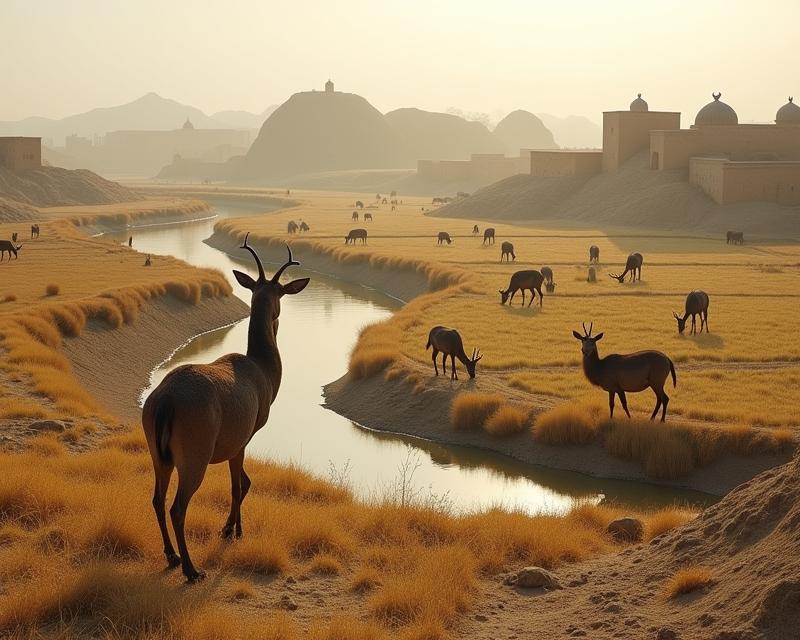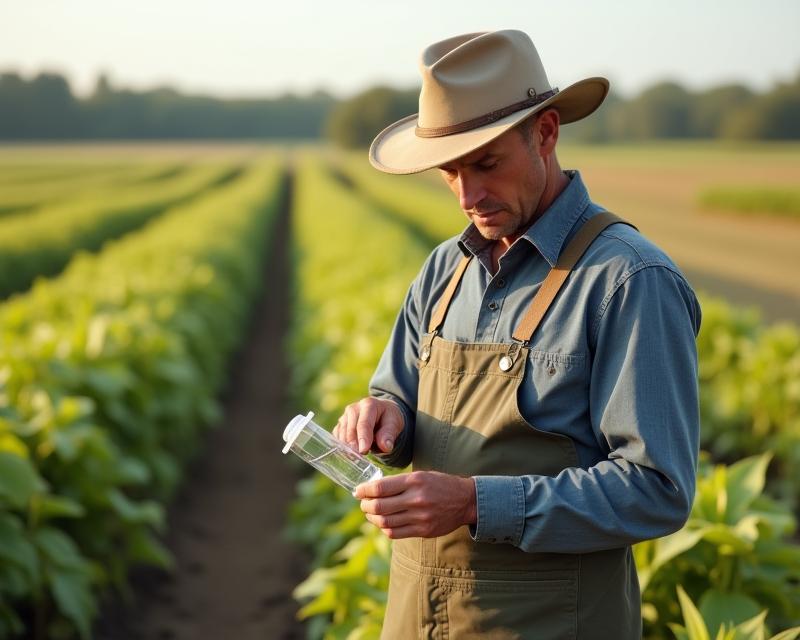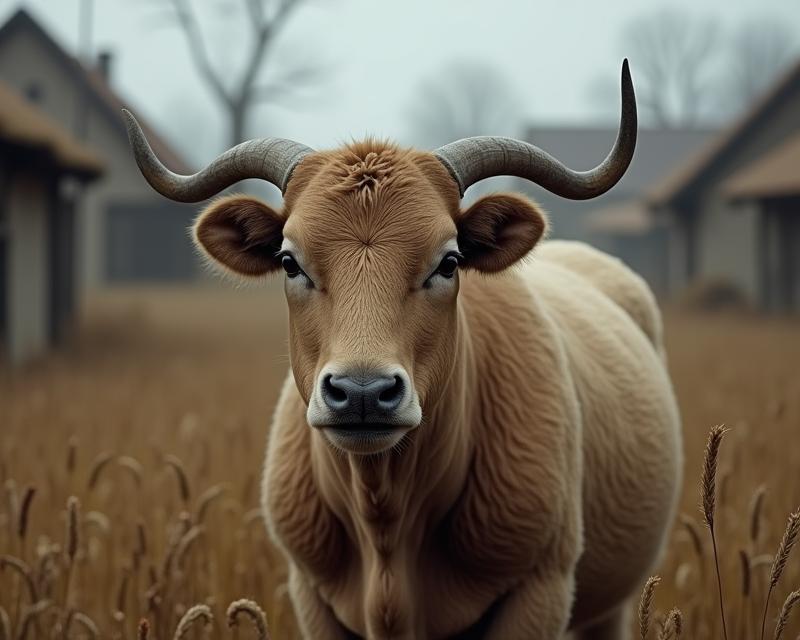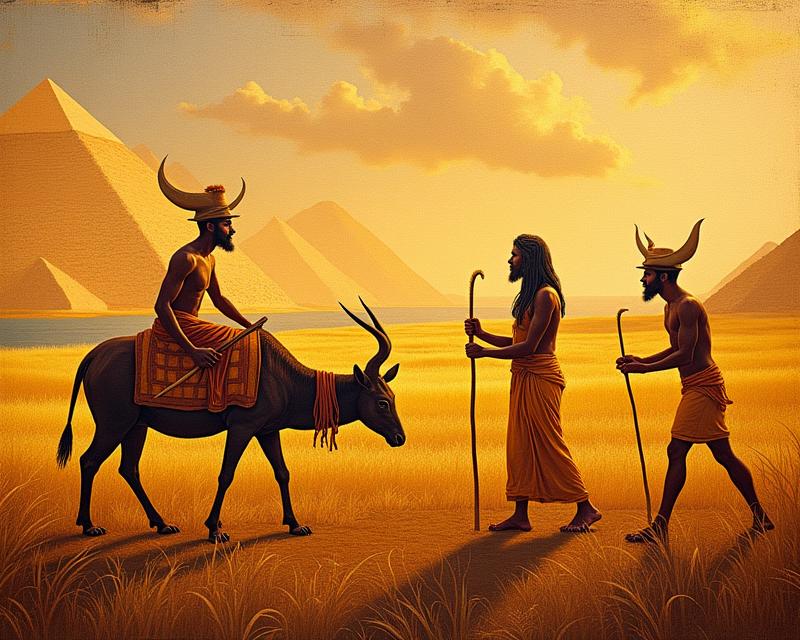Spice Routes: How Flavor Shaped the World
Publish in Agriculture el 22/07/2025 16:21
Spice Routes: How Flavor Shaped the World
Have you ever stopped to think about where your favorite seasonings come from? The story of spices is a fascinating journey through history, trade, and even conflict! For centuries, spices weren't just about adding flavor to our food; they were incredibly valuable commodities that shaped the course of global events. Understanding this history can give us a deeper appreciation for the interconnectedness of agriculture, trade, and the world we live in.
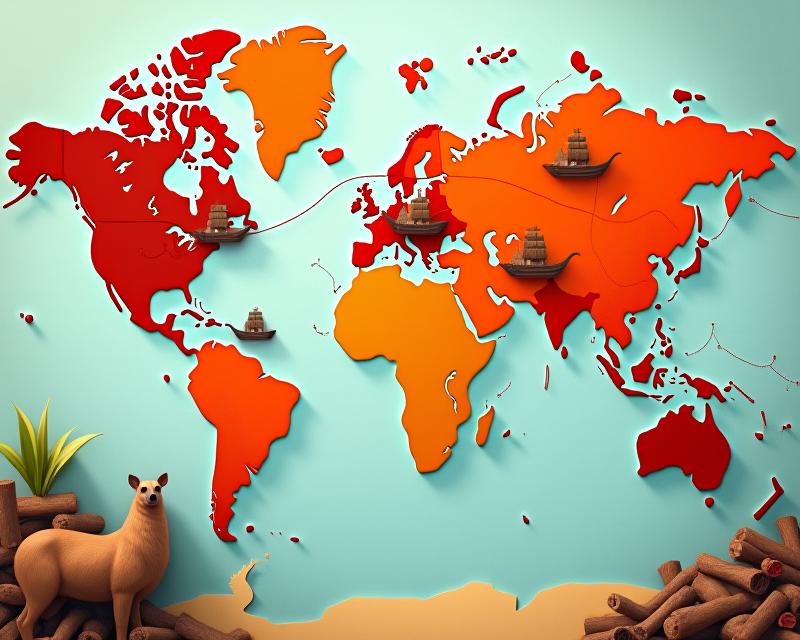
The Ancient World of Spices
Long before refrigeration, spices were crucial for preserving food and masking unpleasant tastes. Ancient civilizations like the Egyptians, Greeks, and Romans highly prized spices like cinnamon, cloves, pepper, and ginger. These weren't grown locally for most of them; instead, they were sourced from distant lands like India, Southeast Asia, and the Spice Islands (modern-day Indonesia). The demand for these flavors fueled the development of intricate trade networks. Think of it as the original global supply chain!
The Rise of the Spice Trade
The desire for spices spurred exploration and, unfortunately, conflict. European powers, eager to bypass existing trade routes controlled by Arab and Indian merchants, embarked on voyages of discovery. Christopher Columbus's search for a westward route to the Indies was a direct result of the spice trade. The Portuguese, under Vasco da Gama, successfully sailed around Africa to reach India, establishing a direct sea route and dominating the spice trade for a time. This led to colonization and the establishment of vast empires, all driven, in part, by the pursuit of flavorful goods.
Agriculture and Trade: A Powerful Connection
The cultivation of spices wasn't always easy. Growing many spices requires specific climates and conditions. This led to the establishment of spice plantations in colonies around the world. Think of the impact on local agriculture – land was often converted to grow spice crops, sometimes displacing native food production. The demand for spices also encouraged the development of new agricultural techniques and the spread of spice-growing plants to new regions. It's a complex story of economic opportunity and sometimes, exploitation. Understanding this historical connection helps us appreciate the global reach of agriculture today.
Spices Today: A Legacy of Flavor and History
Today, spices are enjoyed worldwide, and the global spice trade continues to be a significant industry. But it's important to remember the long and complex history behind these flavors. As farmers and gardeners, we can consider the historical context of the crops we grow and the impact of trade on agricultural practices. From the fields of India to your kitchen, the story of spices is a reminder of how flavor has connected cultures and shaped the world we inhabit. Consider experimenting with growing some of these historical spices in your own garden – a delicious way to connect with the past!


